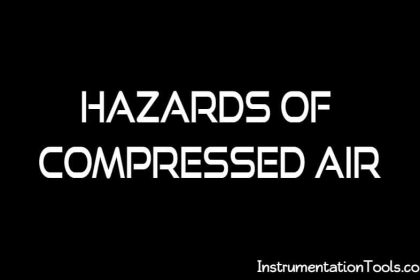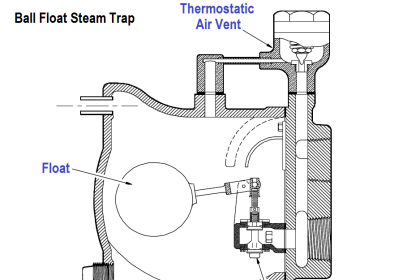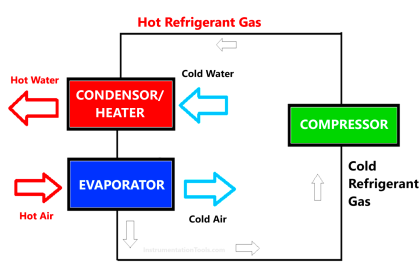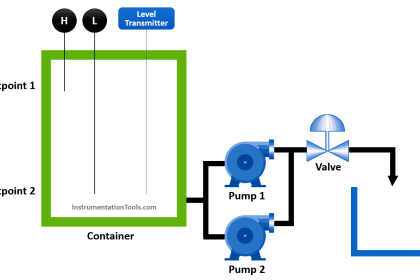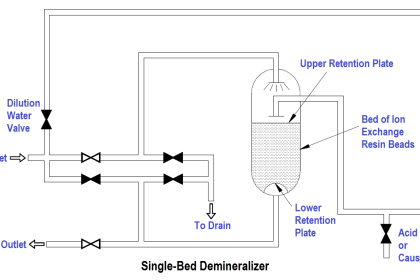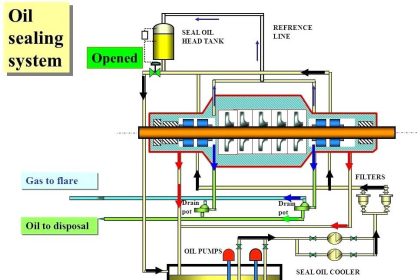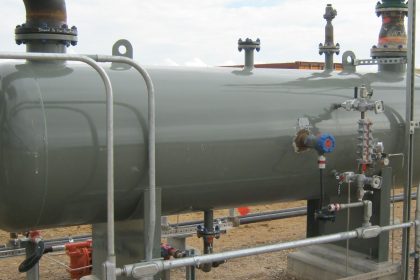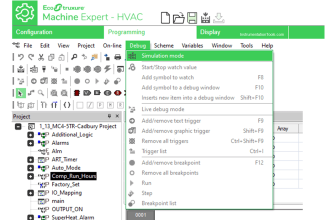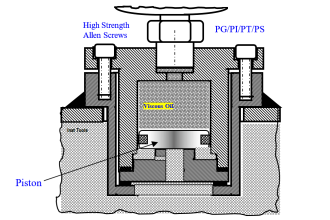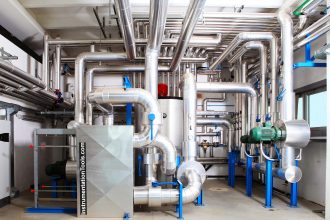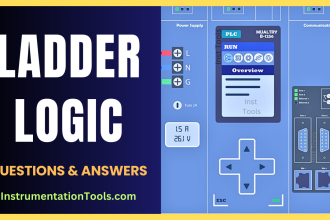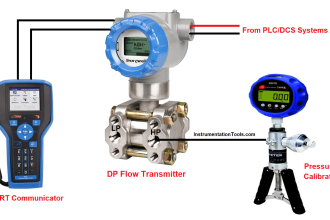Compressed air filtration is a necessary component of a compressed air system. An air filter is required to remove contaminants from the compressed air.
This is important to not only make sure that the specific air quality level that an application or process requires is met but also to ensure the compressed air system operates reliably and energy efficiently.
There are two types of filters available.
They are
- Air filter
- Oil filter
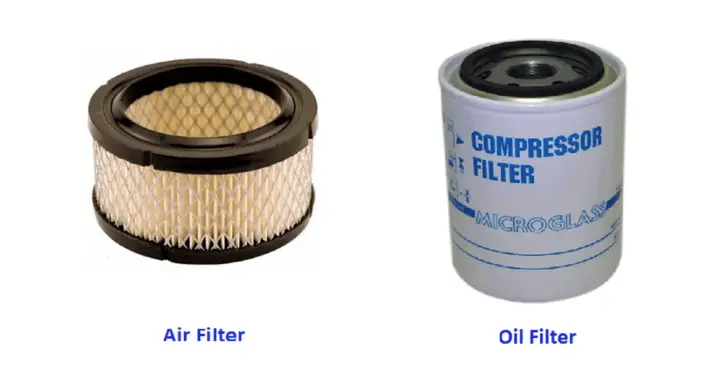
Purpose of Air Filters
The main purpose of compressed air filtration is to eliminate contaminants from the air in order to reach the specified air quality standards.
Dust cause sticking valves, excessive wear. Based on the air quality required, a compressed air system may have a number of different types of filters located at different points within the air circuit.
Filters must be serviced and maintained to meet air quality standards.
Air Filtration in Compressors
When the compressor produces compressed air it draws in atmospheric air, which will have some percentage of water and solid particles in it.
Filters and special dust filters, have a low initial pressure drop, but become clogged over time and are cleaned/replaced at the recommended pressure drop.
When the ambient air is compressed, there will be a concentrate of contaminants as we are reducing the air volume.
For example, for an air compressor with a final pressure of 5 bar the air compressed 5 times ambient, therefore there might be 5 times more contaminants per final volume.
These contaminants must be effectively removed in an effort to produce compressed air to the particular air quality level that an application or process requires.
The requirement of maintenance of air filters:
- To maintain the required air quality standard.
- To protect consuming equipment in the plant.
Oil filter
Any dust or dirt particles in the oil will cause damage to the gear contact surfaces and the rollers of the compressor element bearing.
If the bearings are damaged, they cause rotar contact, which results in reduced performance and life span of the air compressor.
The oil will need to be removed from the compressed air. An oil separator will make certain that as much as possible oil is separated or removed and returned to the compressor for lubrication, leaving the air clean and oil-free.
Oil filters are generally found in bigger compressors, for example in oil-injected rotary screw compressors.
A small reciprocating air compressor does not have oil filters, lubrication of internal parts is done by splashing of oil by the crankshaft in the oil bath. In this case, don’t have oil filters.
How do know Filters are working properly or not?
Check the differential pressure across the filters regularly. The high differential pressure across the filters will have an effect on the operation of the compressor and the running cost goes up if not cleaned at certain intervals.
Pressure gauges are mounted locally across the filters of the compressor and the transmitter may be arranged and the signal indication is provided in the control room. The alarm can alert if the differential pressure across the filters goes high.
Read Next:
